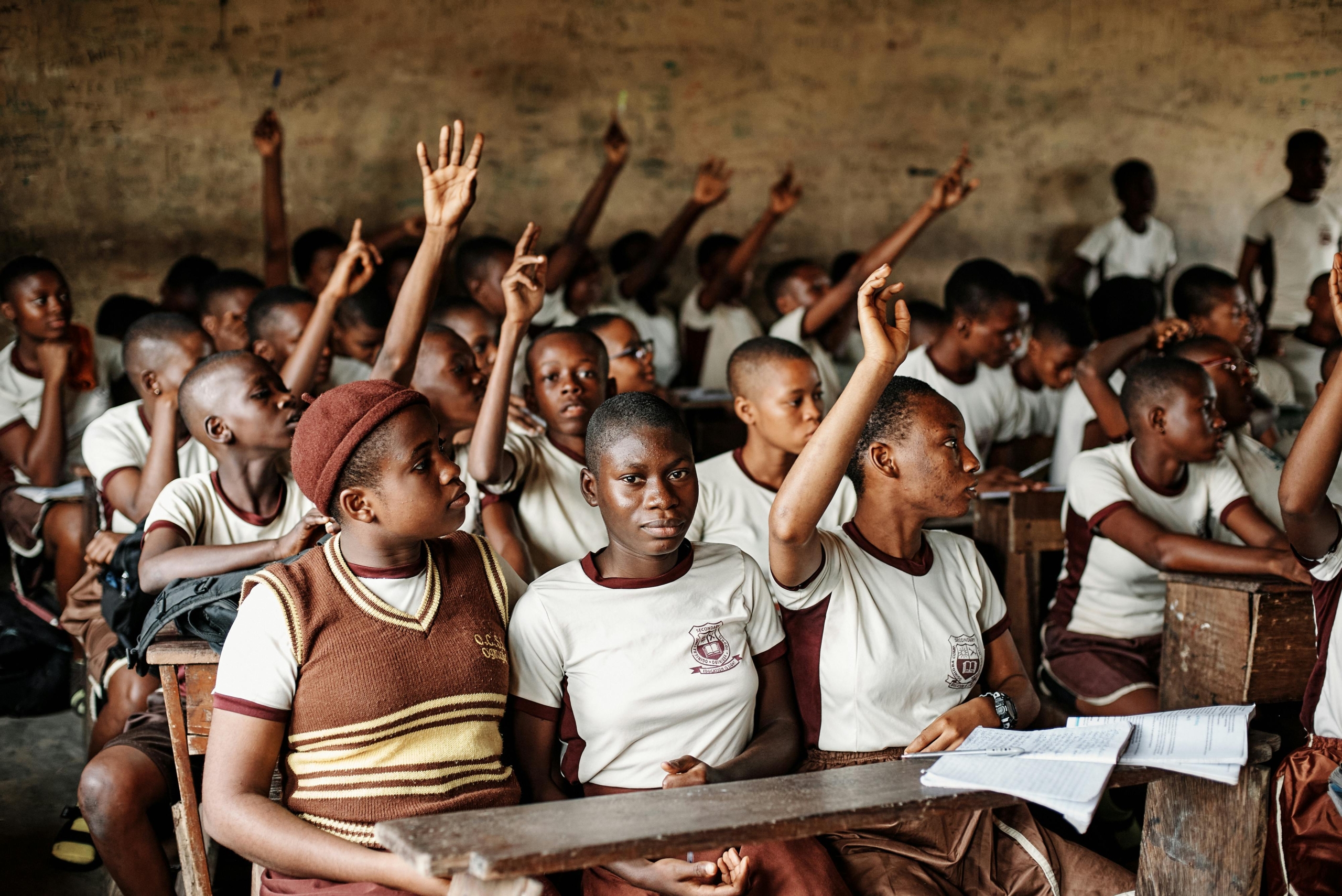Transforming Women’s Education in Sub-Saharan Africa
 Education is one of the most effective solutions to poverty. In many countries with high poverty rates, the education system is highly unsatisfactory, with women disproportionately affected. Around 34 million adolescent girls in sub-Saharan Africa drop out of secondary school. When women and girls in sub-Saharan Africa receive education, poverty reduction happens more quickly. Furthermore, each additional year a girl spends in school leads to a 20% increase in her earnings.
Education is one of the most effective solutions to poverty. In many countries with high poverty rates, the education system is highly unsatisfactory, with women disproportionately affected. Around 34 million adolescent girls in sub-Saharan Africa drop out of secondary school. When women and girls in sub-Saharan Africa receive education, poverty reduction happens more quickly. Furthermore, each additional year a girl spends in school leads to a 20% increase in her earnings.
Recognizing this, many nongovernmental organizations (NGOs) focus on women’s education in Sub-Saharan Africa later in life and making schools more accessible for young girls. Zambia, Kenya and Ethiopia are among the countries where education systems have required additional support.
Women’s Education in Zambia
Zambia’s education system shows a clear gender disparity in school completion, from primary to college education. Many girls in rural areas face significant barriers to education, including long distances to schools, a lack of resources, early marriages and unintended pregnancies. Only 27% of girls in Zambia complete upper secondary school and among the most impoverished, just 3% do. Additionally, 29% of girls are married before turning 18, often before they have finished their education. However, NGOs have stepped in to make education more accessible for young women.
Bright Hope works with local churches in Bolivia, Kenya, Zambia, Uganda and Haiti to provide hope and aid to those living in extreme poverty. In Zambia, the organization has established a girls’ dormitory in a rural area, making education a safer and more accessible option for young women. Luke Peterson, the Director of Strategic Relationships and Ally Communications, told The Borgen Project, “These girls often traveled long distances to attend school, walking the long journey before and after dark and many of them were abused on their way to and from school.” This led to high dropout rates and trauma from the abuse.
Bright Hope created safe places for these young women to stay while pursuing their education. Peterson added, “This dorm was just completed and is one of the only buildings in the village with security, electricity and running water and the girls are very excited for the fall semester to start!” Bright Hope has helped make education more accessible for them.
Women’s Education in Kenya
Similar to Zambia, Kenya’s education system also suffers from a significant gender disparity. Contributing factors include long, unsafe distances to schools, early marriages and culturally defined gender-biased roles. Girls in Kenya are often expected to clean, cook, fetch water and sell firewood or charcoal daily. This leaves them with little time to study compared to boys. Only 18% of Kenyan women aged 25 and older have completed secondary education and just 27.8% of girls who finish primary school enroll in secondary education.
In response, Bright Hope has established a farm in Turkana, Kenya, where it has more than 225 farmers, all of whom are mostly women and they grow fruits and vegetables. Peterson spoke about the lead farmer, Elizabeth and said, “She has been growing her food for many years and with her profits from the farm, she can send her kids to university in Nairobi.” Bright Hope’s farming initiative has empowered women, providing them with opportunities for success in a country where they have traditionally been confined to specific roles.
Women’s Education in Ethiopia
In Ethiopia, women’s access to education is limited. Only 25% of girls attend secondary school, with even fewer in rural areas where schools are scarce. Those who do attend often face abuse, inadequate bathrooms and gender-biased lessons that discourage them from staying in school. Additionally, early marriage and economic hardship force many girls to drop out. However, with the help of NGOs like the Malala Fund, women’s education is seeing significant improvements.
The Malala Fund expanded its Education Champion Network to Ethiopia in March 2020. The champions—Martha Nemera Woyessa, Amsale Mulugeta and Getaalem Kassa—are working in the Amhara region, where 600,000 girls are out of school. They engage with local communities to improve school conditions. Furthermore, they advocate for policies that prevent child marriage and work to end gender-based violence. Their mission is to accelerate progress by challenging systems, policies and practices to ensure that all girls have access to 12 years of free, safe and quality education.
Final Note
Long distances to schools, abuse and gender-discriminative roles severely limit women’s education in sub-Saharan Africa. However, through the efforts of NGOs like Bright Hope and the Malala Fund, women and young girls are gaining hope for a brighter future.
– Ellie Buss
Ellie is based in Vancouver, WA, USA and focuses on Good News and Global Health for The Borgen Project.
Photo: Pexels
